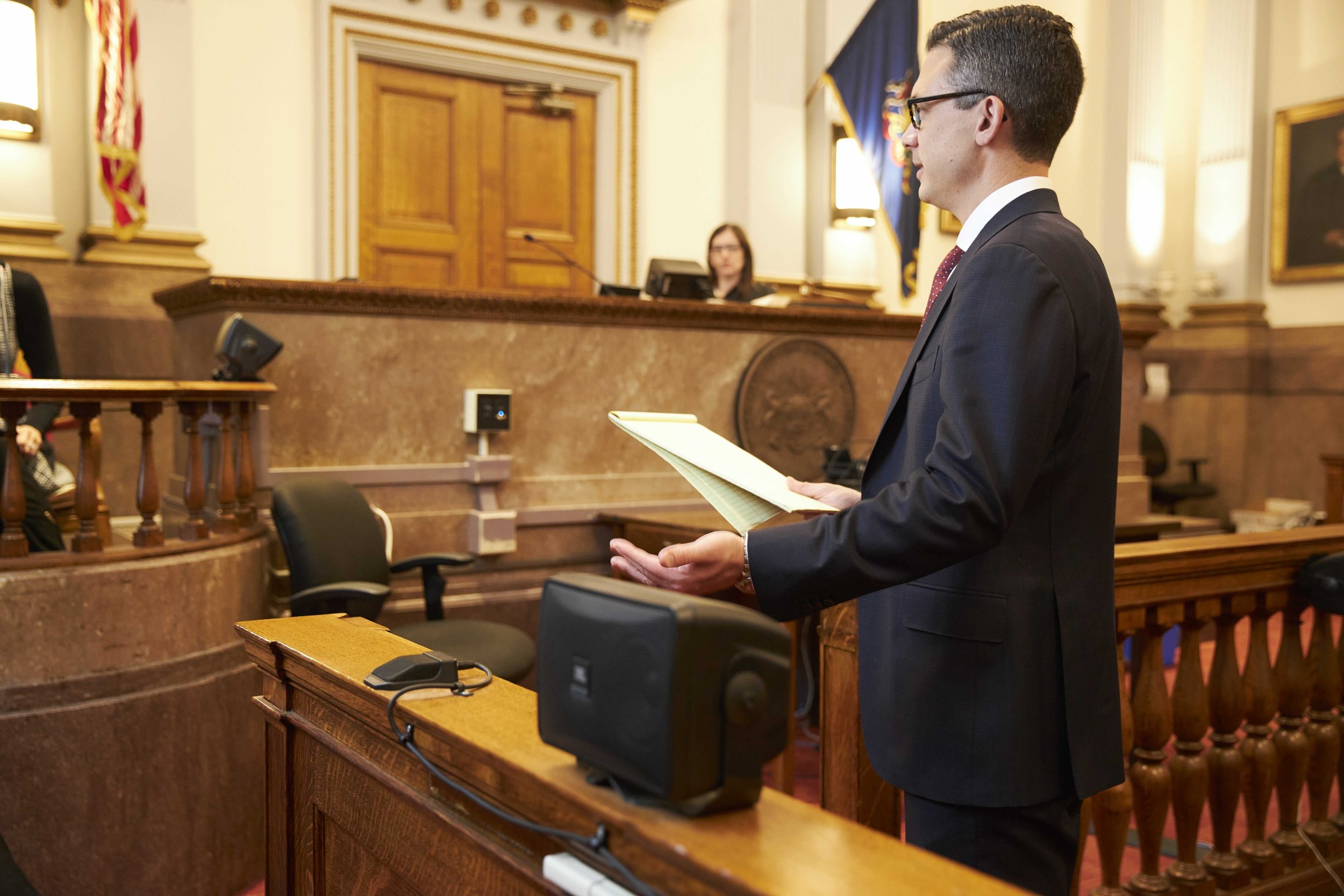Top Federal Crime Lawyer: Specialized Legal Defense for Federal Offenses
Top Federal Crime Lawyer: Specialized Legal Defense for Federal Offenses
Blog Article
Debunking the Refine of Federal Appeals: What You Required to Know
Navigating the elaborate realm of government charms can usually appear like traversing uncharted waters for those unknown with the procedure. Recognizing the subtleties of appellate court territory, the details of submitting a notice of appeal, presenting a compelling brief, and making a persuasive oral argument are important elements that can considerably affect the result of a situation. By unwinding the layers of complexity surrounding federal appeals, individuals can gain a more clear understanding right into the devices that regulate this critical point of the legal system.
Comprehending Federal Appeals Process
Delving right into the detailed world of the federal appeals process introduces a methodical and structured trip via the judicial system. Federal charms serve as an essential mechanism for assessing choices made by lower courts. Understanding this procedure is crucial for any person associated with legal process at the government degree.
The process commonly begins with a celebration disappointed with a reduced court's ruling submitting a notification of appeal. This triggers a testimonial by a greater court, where a panel of courts assesses the legal arguments presented by both events. Briefs outlining the lawful thinking behind each celebration's position are sent, and oral debates may be heard to make clear complicated concerns.
The appellate court's decision is based on a thorough examination of the reduced court's process and the disagreements provided. Once the appellate court gets to a choice, it can verify, reverse, remand, or modify the reduced court's judgment, offering clarity and finality to the lawful disagreement.
Appellate Court Jurisdiction Explained
As we proceed from recognizing the federal appeals process to studying the details of appellate court territory, a fundamental element comes to light pertaining to the authority and limitations of these higher courts in the lawful landscape. Appellate court jurisdiction refers to the extent of situations that a particular appellate court has the power to choose and assess upon. Unlike test courts that hear instances for the very first time, appellate courts are restricted to examining decisions made by reduced courts. These choices can include judgments from both state and government courts.
Appellate courts have territory over particular sorts of cases, commonly those including lawful errors, procedural concerns, or questions of legislation instead than factual conflicts. The territory of appellate courts is typically laid out in statutes and legislations that control the court system. Understanding appellate court jurisdiction is critical for parties included in the allures procedure as it identifies whether an instance is qualified for review and the degree to which the appellate court can interfere in the reduced court's choice.
Filing a Notice of Charm
The first action in commencing the federal charms process includes submitting a Notification of Allure with the appropriate appellate court. This important paper officially alerts the court and the various other parties associated with the case that the appealing celebration means to seek an evaluation of the reduced court's choice. Submitting a Notification of Charm is a rigorous step-by-step need that establishes the appellate procedure moving.
When preparing the Notification of Allure, it is crucial to make certain conformity with the details rules and standards of the pertinent appellate court. federal appeal lawyers. The document must generally include information such as the instance name, the reduced court's name, the day of the judgment being appealed, and a concise statement indicating the premises for the allure

Briefing and Dental Debate
In the appellate process, offering written briefs and taking part in oral disagreements play pivotal functions in supporting for the appealing party's setting prior to the appellate court. Briefs are extensive lawful documents that detail the events' arguments, lawful authorities, and evaluation supporting their settings. These created submissions offer the court with a thorough understanding of the facts of the situation, the pertinent law, and why the appealing party believes the reduced court's choice should be reversed.
Complying with the entry and review of the briefs, oral disagreements use the events an opportunity to further clarify their settings, attend to any kind of questions the appellate judges may have, and highlight bottom lines from their created briefs. Dental debates are a chance for the attorneys to persuade the judges with verbal advocacy and actions to queries from the bench.
Both the created briefs and dental debates are critical components of the appellate process, allowing parties to present their case thoroughly and compellingly before the appellate court. - federal appeal lawyers
Receiving the Appellate Court Decision
Upon completion of dental debates and entry of written briefs, the next essential stage in the appellate procedure entails awaiting the crucial judgment from the appellate court. This duration of expectancy can be loaded with a mix of stress and anxiety and hope for parties associated with the allure. The appellate court's choice is typically supplied in a created style and describes the court's conclusions on the legal concerns offered, the reasoning behind their decision, and the judgment provided. The moment framework for receiving the appellate court's choice can differ, but courts strive to give prompt resolutions. Once the decision is provided, parties must meticulously examine the court's ruling to recognize the result and identify any additional steps that might be needed. Whether the appellate court affirms, turns around, or remands the lower court's choice, comprehending the implications of the judgment go to this site is important for all parties associated with the appellate process. Consequently, immediately reviewing and understanding the appellate court's decision is crucial in navigating the following steps in the lawful proceedings.
Verdict
In conclusion, the federal charms procedure is a complex but important action in looking for justice. Understanding the appellate court jurisdiction, filing a notice of charm, preparing briefs, and offering dental arguments are all important elements of this process. Eventually, obtaining the appellate court choice can give clarity and resolution to legal disputes. It is essential to navigate the federal charms process with diligence and interest to information to accomplish a reasonable result.
As we proceed from recognizing the government charms process to exploring the complexities of appellate court jurisdiction, a fundamental facet comes to light pertaining to the authority and restrictions of these greater courts in the legal landscape. Appellate court jurisdiction refers to the extent of instances that a specific appellate court has the power to choose and review upon. Unlike test courts that listen to cases for the first time, appellate courts are restricted to examining decisions made by reduced courts. Recognizing appellate court jurisdiction is essential for events entailed in the charms process as it establishes whether a situation is eligible for testimonial and the degree to which the appellate court can intervene in the reduced court's decision.

Report this page